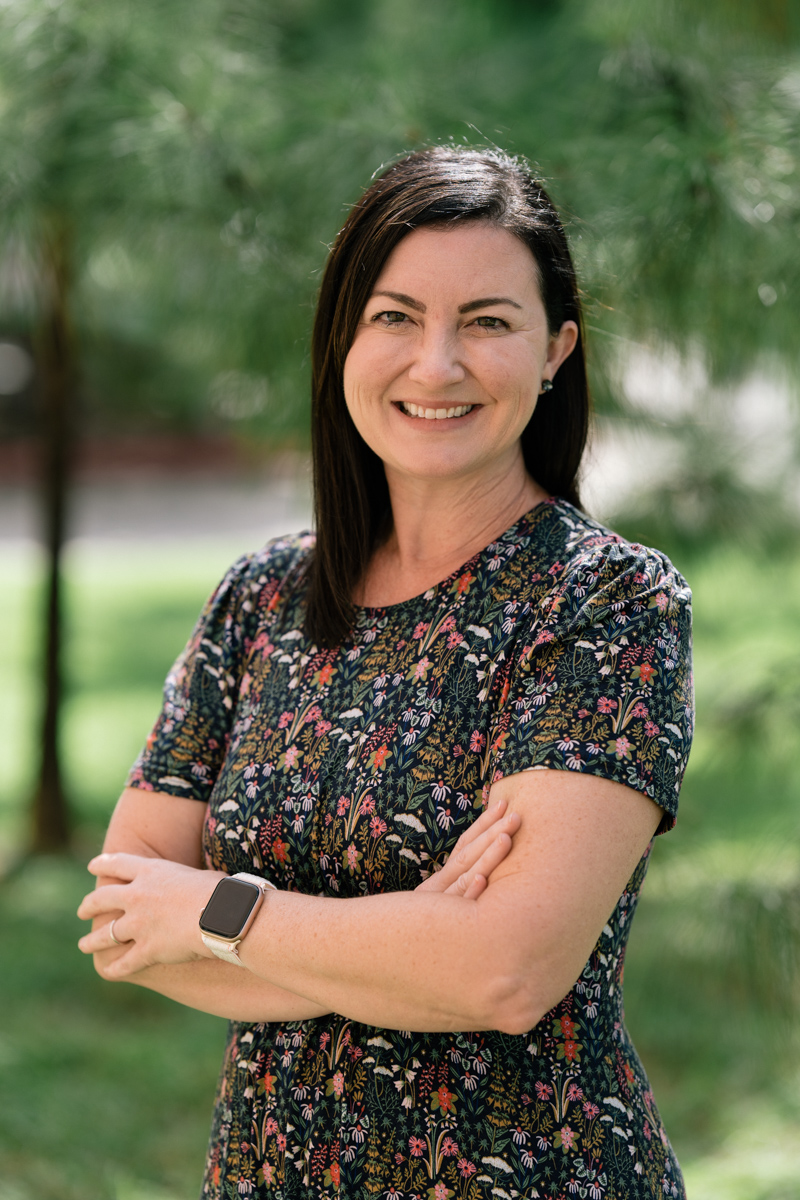Dr. Kaitlin Lansford, School of Communication Science and Disorders (SCSD) Associate Professor, recently had a manuscript published in the Journal of Speech, Language, and Hearing Research. The research study, “Cognitive Predictors of Perception and Adaptation to Dysarthric Speech in Young Adult Listeners,” was completed in the Motor Speech Disorders Lab (MSDLab), of which Lansford is the director.

Lansford explained the inspiration for the research study, “Treatment of intelligibility disorders in dysarthria often centers on improving the speaker’s speech production, but not all people with dysarthria make good candidates for this type of treatment.” “The work conducted in my lab, including this NIH-funded project, seeks to advance perceptual training as a listener-based intervention for improving intelligibility in dysarthria.”
While most listeners benefit from perceptual training, the magnitude of improvement varies from person to person. Lansford explained the project focused on studying specific cognitive factors to see if they explained the variability in the intelligibility outcomes.
“We found advanced abilities in working memory, vocabulary knowledge, and cognitive flexibility supported perception of and adaptation to dysarthric speech,” Lansford says. “We also found that speaker factors, including the severity of the speech disorder, mediated these predictive relationships.”
After starting the research study during the pandemic, Lansford’s expertise in dysarthric speech perception continues to grow. Since the publication of the manuscript, Lansford and her research team have recently finished collecting data from listeners between the ages of 60-80 and plan to submit a manuscript detailing these findings sometime this summer.
“We are excited to see this work published in JSLHR, a premier journal in our field. We began collecting these data in person during the height of the pandemic,” Lansford says. “We had to make many adjustments to the protocol to collect the data while minimizing the potential to spread COVID-19.”
For more information, read Lansford’s manuscript here.
